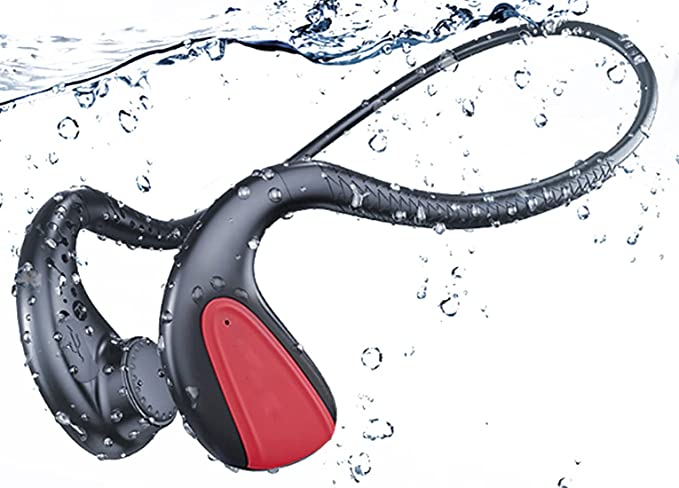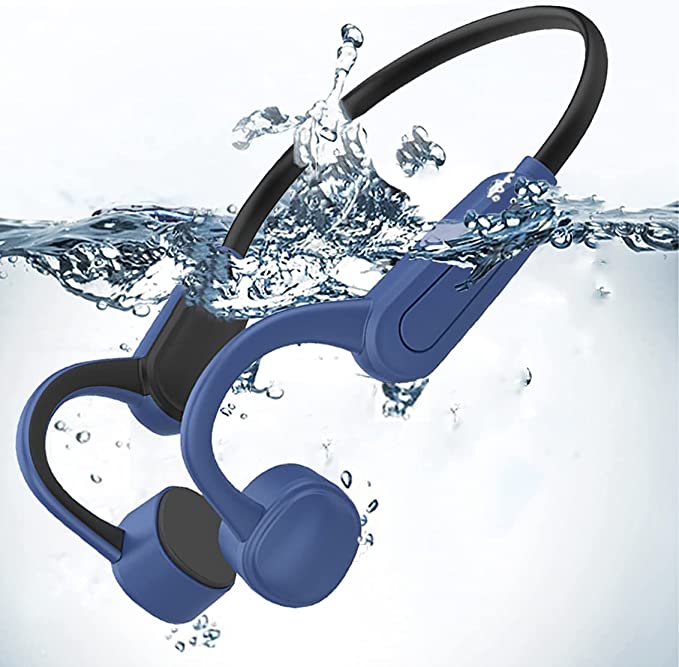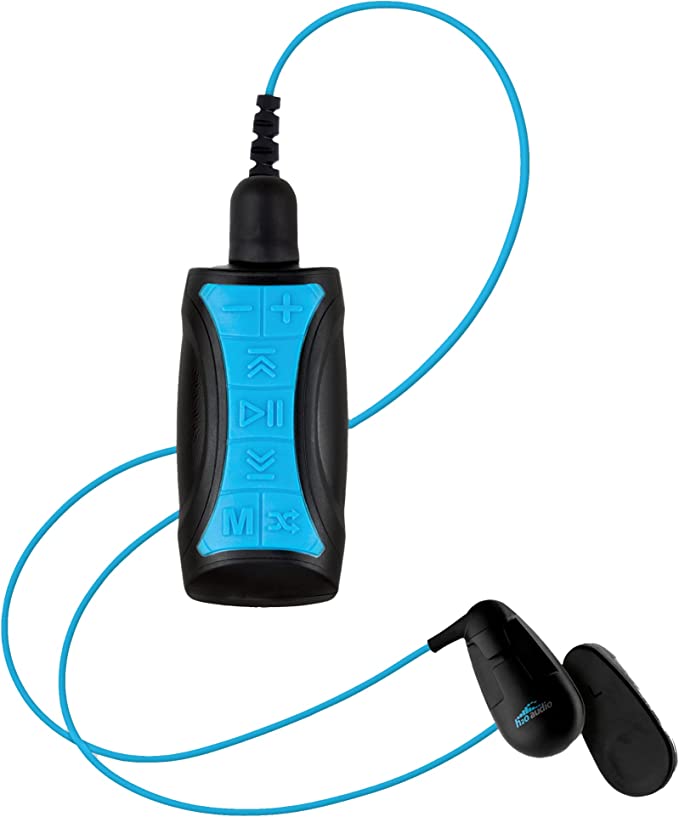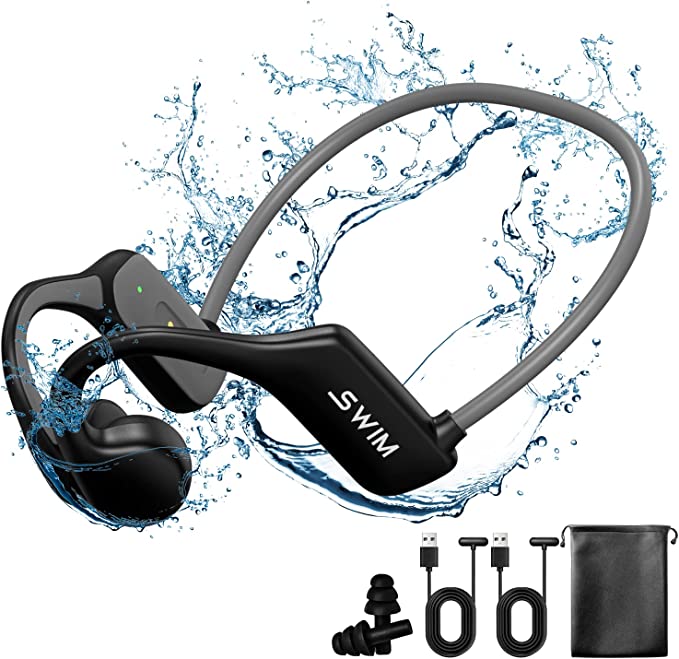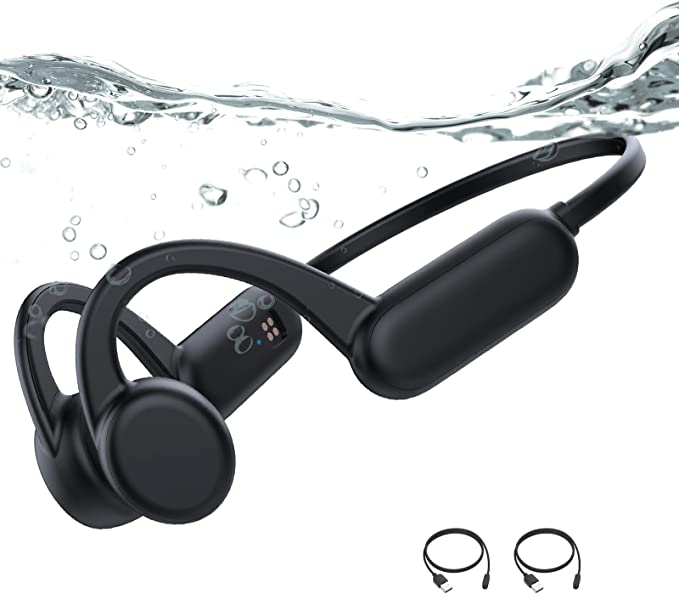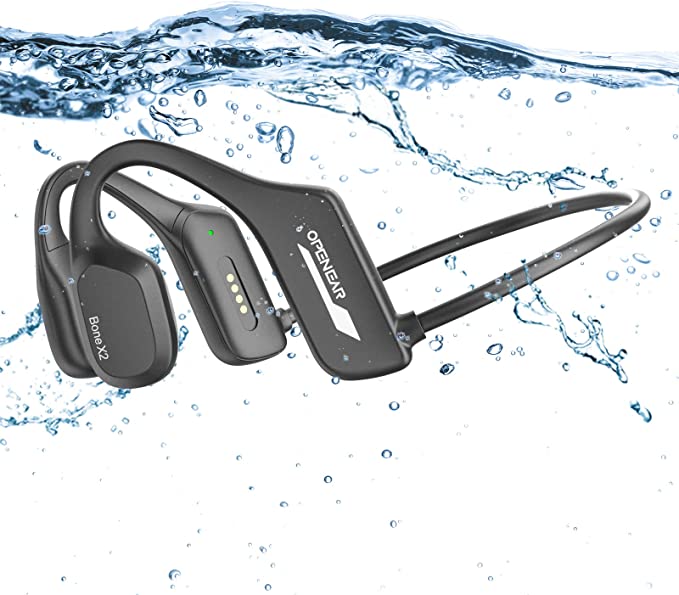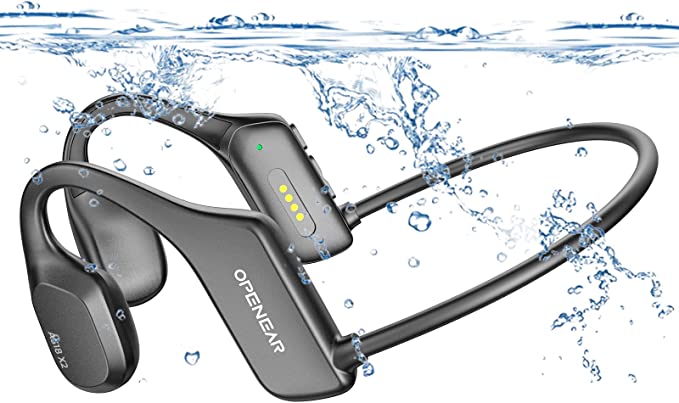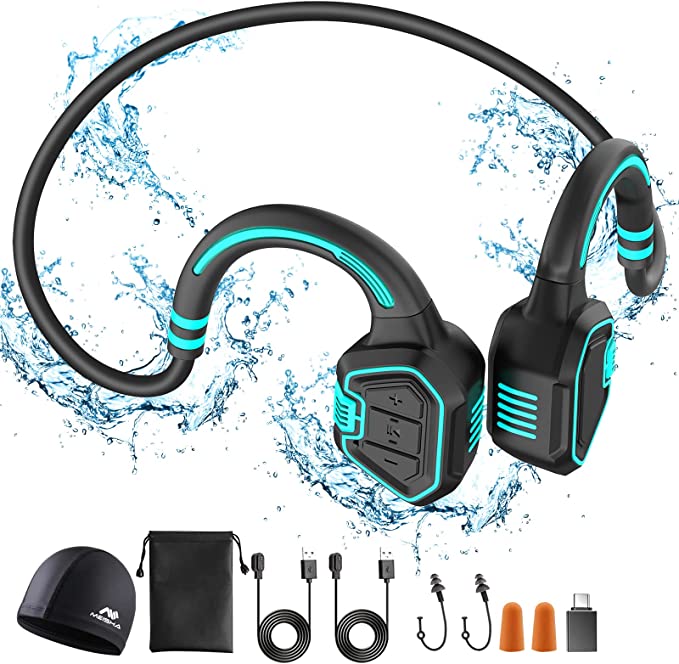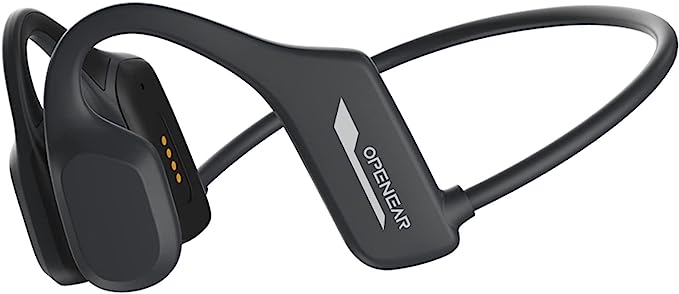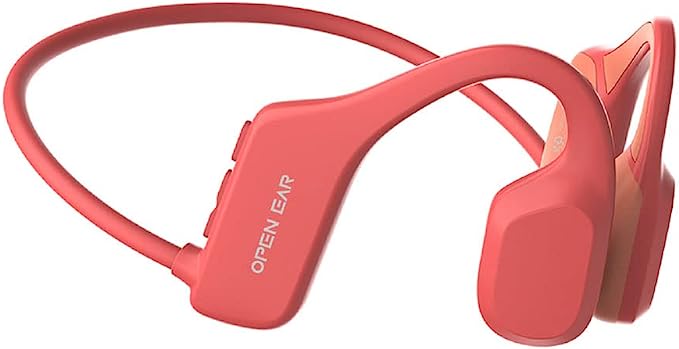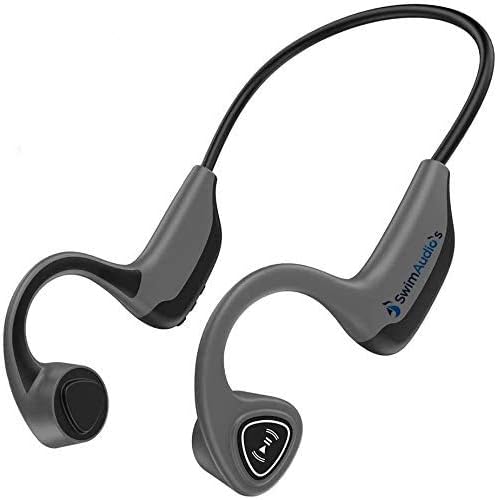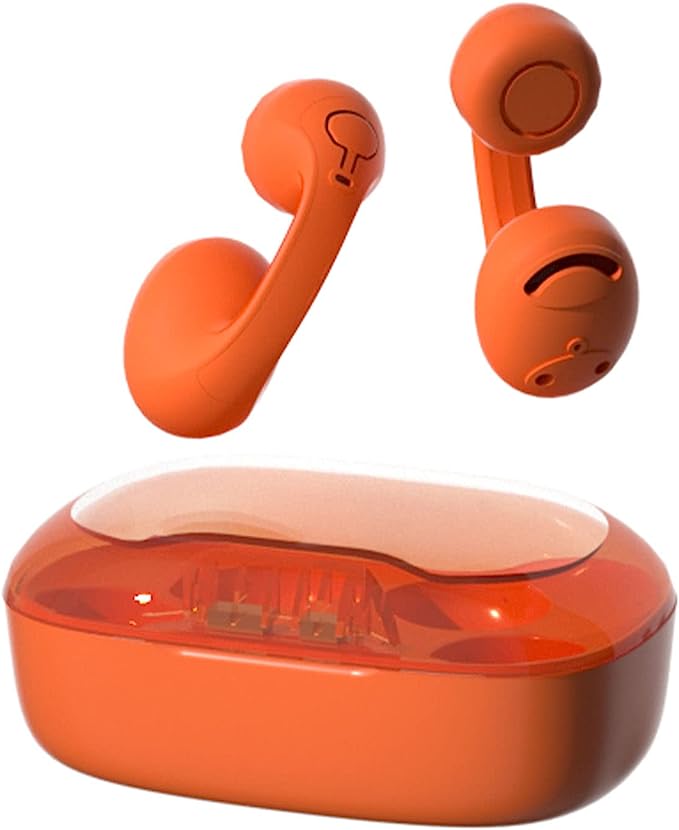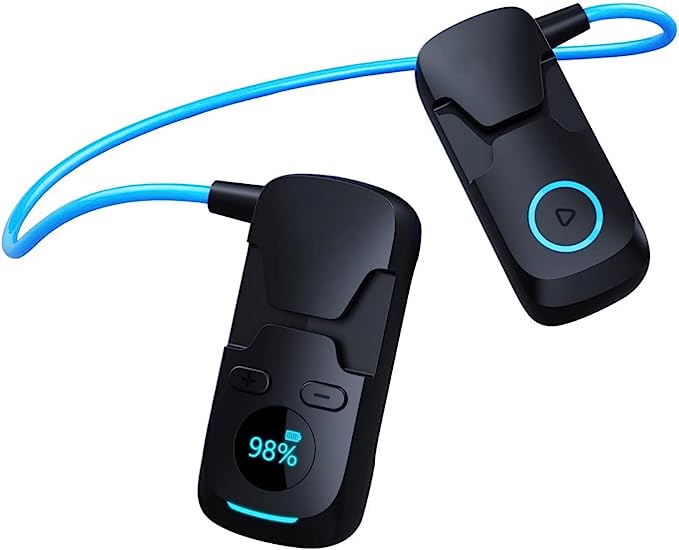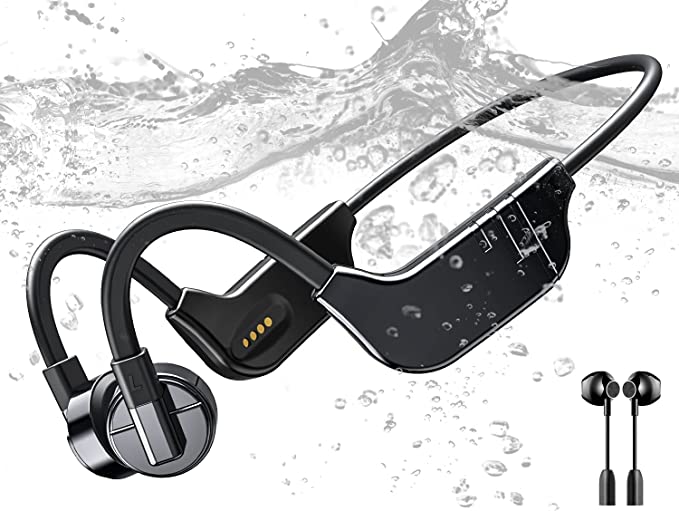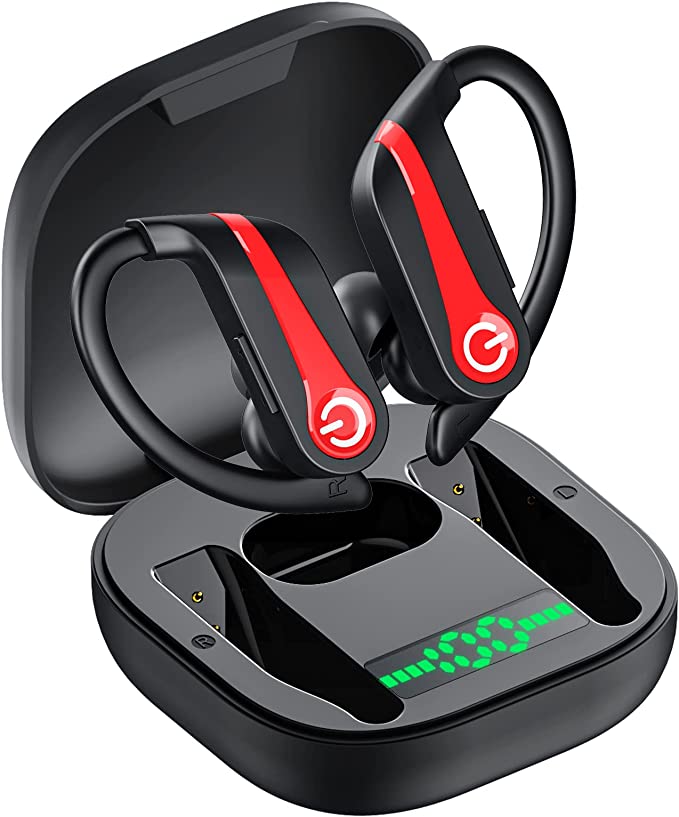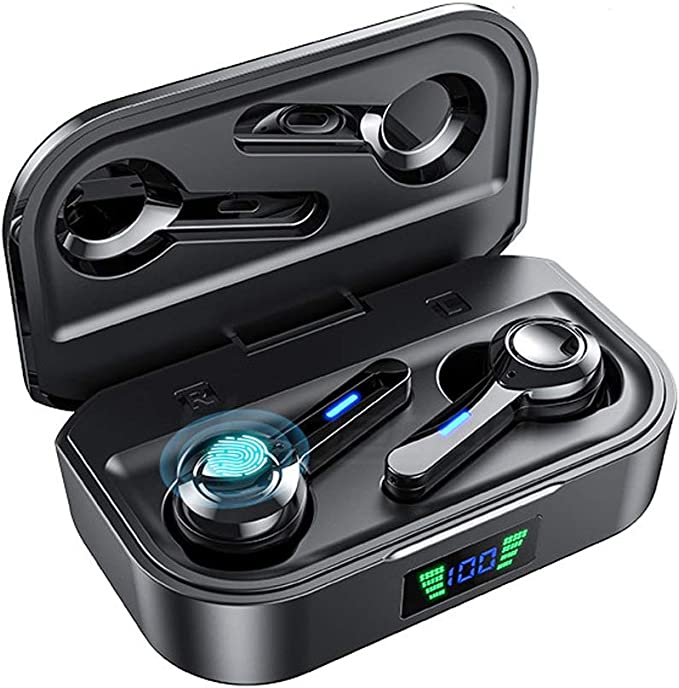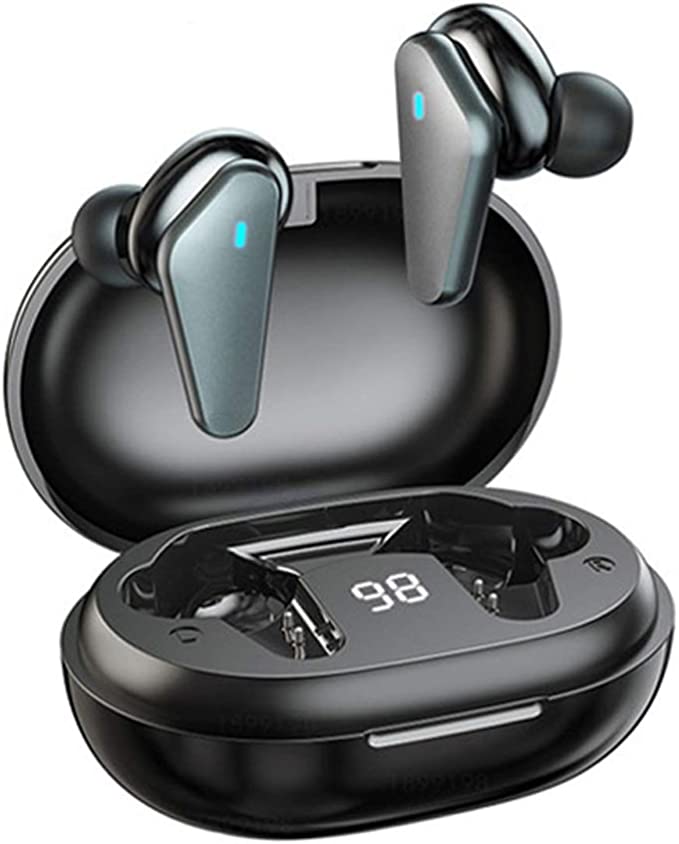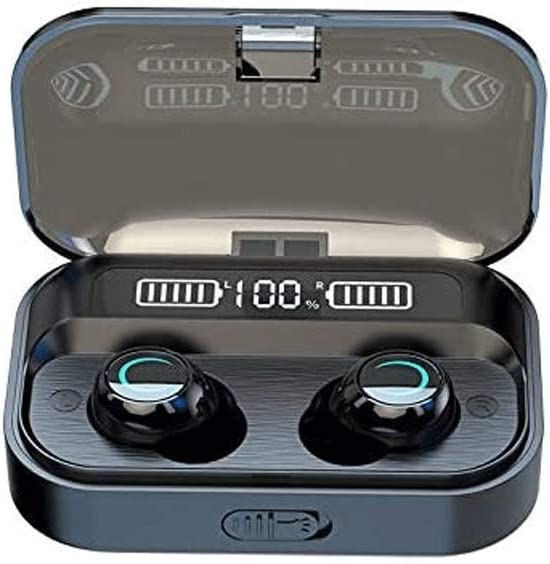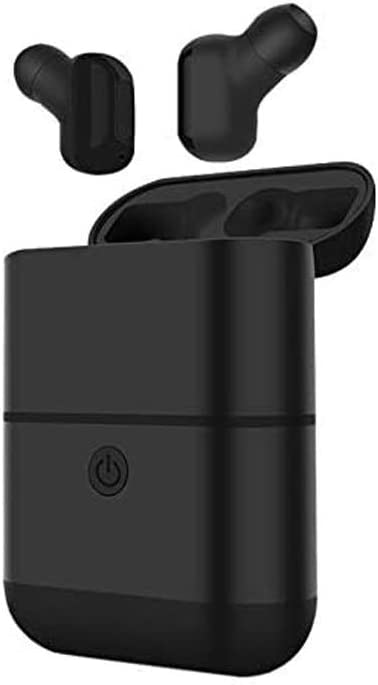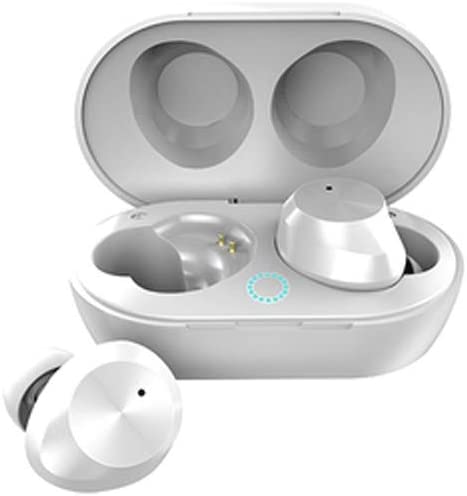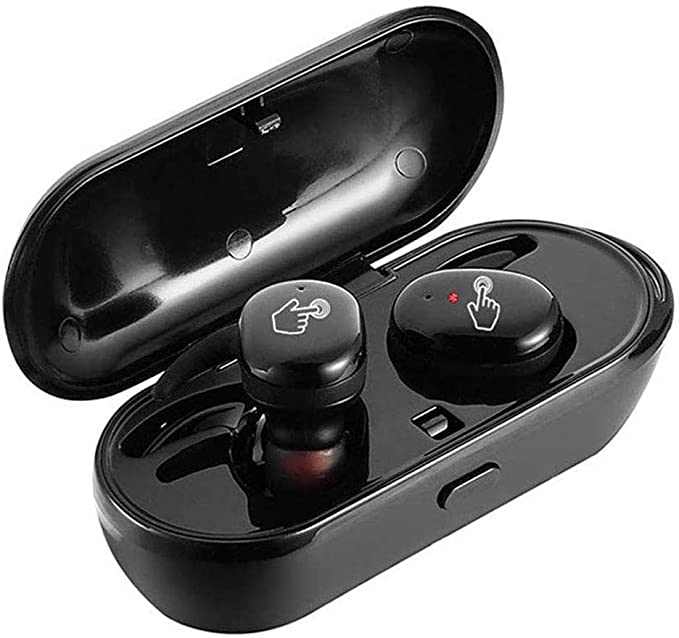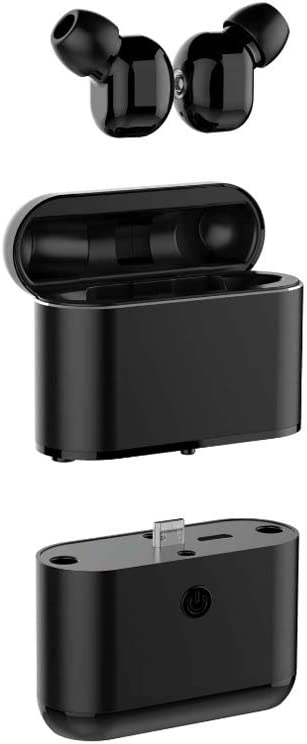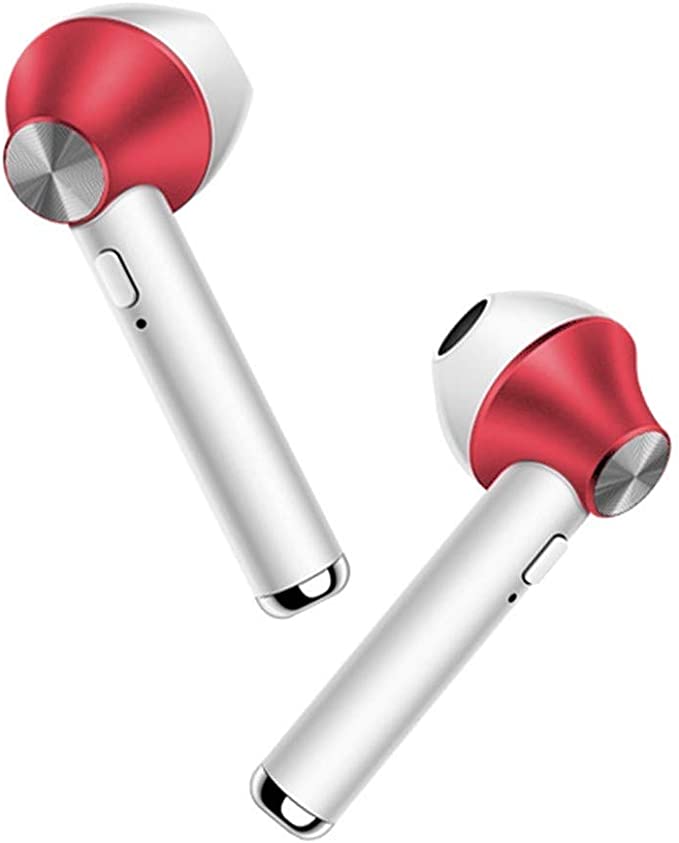Spobri Bone Conduction Headphones: Enjoy Music Underwater with Open-Ear Safety
Update on March 21, 2025, 7:17 a.m.
Imagine you’re gliding through the cool, turquoise water of a swimming pool. The sun glints off the surface, and the rhythmic splash of your strokes creates a soothing, almost meditative, rhythm. But something’s missing: the driving beat of your favorite workout playlist. You’ve tried waterproof earbuds before, but they either fall out, let water in, or deliver a muffled, tinny sound that’s barely audible above the sloshing. It’s a frustrating experience, a silent symphony where you crave the full orchestra. This is a common dilemma for swimmers and water sports enthusiasts. How can you enjoy the immersive power of music while submerged, and remain aware of your surroundings? The answer lies in a fascinating technology: bone conduction.

Beyond the Eardrum: Unveiling Bone Conduction
We typically hear sounds through air conduction. Sound waves travel through the air, enter our ear canal, and vibrate our eardrum. This vibration is then transmitted through tiny bones in the middle ear (the malleus, incus, and stapes) to the cochlea, a fluid-filled, snail-shaped structure in the inner ear. The cochlea converts these vibrations into electrical signals that our brain interprets as sound.
Bone conduction, however, takes a different route. Instead of relying on air to carry sound waves, it utilizes the bones of our skull. Think of Beethoven, who, despite profound deafness, continued to compose by biting down on a rod attached to his piano, feeling the vibrations through his jawbone. This is bone conduction in its most basic form.
Bone conduction headphones, like the Spobri AS9 Grey, use transducers to generate tiny vibrations. These transducers are placed against the cheekbones, just in front of the ears. The vibrations travel directly through the bones of the skull to the cochlea, bypassing the eardrum and middle ear entirely. Your brain then processes these vibrations as sound, just as it would with air-conducted sounds. Crucially, because your ear canals remain open, you can still hear ambient sounds – a lifeguard’s whistle, a fellow swimmer approaching, or the general sounds of your environment. This “open-ear” design is a significant safety advantage, especially for activities like running or cycling outdoors.
The Underwater Challenge: Why Your Headphones Fail
Water presents a unique challenge for sound transmission. While sound actually travels faster in water than in air (about four times faster), the way sound waves behave is drastically different. Traditional headphones, designed for air conduction, struggle underwater for several reasons:
- Impedance Mismatch: Sound waves have difficulty transitioning between air and water due to the significant difference in their densities (impedance). This is why sounds are muffled underwater when your ears are filled with water. Most of the sound energy is reflected away, rather than entering your ear.
- Bluetooth’s Bane: Bluetooth technology relies on radio waves, and radio waves are notoriously poor at penetrating water. The water molecules absorb and scatter the radio frequency signals, drastically reducing the range and reliability of a Bluetooth connection. This is why your typical wireless earbuds, even if waterproof, become useless once your head is submerged.

Spobri’s Solution: Sound Waves Through Your Skull
The Spobri AS9 Grey Bone Conduction Headphones elegantly sidestep these underwater challenges. Their IPX8 waterproof rating means they are designed to withstand prolonged submersion – up to 20 meters, according to the provided specifications. This level of waterproofing is achieved through specialized materials and construction techniques that prevent water from reaching the sensitive electronic components.
But waterproofing is only half the battle. To overcome the Bluetooth limitation, the Spobri headphones incorporate a built-in 16GB MP3 player. This allows you to load up to 5,000 songs directly onto the headphones (supporting both MP3 and WAV formats), eliminating the need for a Bluetooth connection while swimming. By storing the music locally, the Spobri headphones deliver a clear, uninterrupted audio experience, even when fully submerged. The magnetic charging system, with two included cables, provides a secure and convenient way to transfer music and recharge the device.

More Than Just Swimming: Spobri in Your Active Life
While the Spobri AS9 Grey excels underwater, its benefits extend far beyond the pool. The open-ear design, lightweight construction (approximately 0.9oz – though verification of this exact weight is needed), and secure fit make them ideal for a variety of activities:
- Running: Stay motivated with your favorite music while remaining aware of traffic, pedestrians, and other potential hazards. The bone conduction technology allows you to hear approaching cars, bicycles, or even friendly greetings, enhancing your safety on the road or trail.
- Cycling: Enjoy your playlist without blocking out the crucial sounds of your environment. Hearing approaching vehicles, warning signals, or other cyclists is paramount for safe cycling, and the Spobri headphones allow you to do just that.
- Gym Workouts: Listen to podcasts, audiobooks, or energizing music while still being able to hear gym announcements, fellow gym-goers, or the clang of weights.
- Hiking and Outdoor Activities: Immerse yourself in nature’s sounds while enjoying your chosen audio. The open-ear design allows you to appreciate birdsong, rustling leaves, and other ambient sounds, enhancing your connection with the outdoors.
The built-in microphone allows for hands-free calls and activation of voice assistants (like Siri) when connected to your smartphone via Bluetooth 5.1. This latest Bluetooth version offers a more stable and power-efficient connection compared to older versions, resulting in improved audio quality and longer battery life (up to 5 hours on a full 1.5-hour charge) when used in Bluetooth mode. The multifunction button (MFB) provides easy control over playback, volume, calls, and voice assistant activation. The inclusion of both corded and wireless earplugs caters to different preferences and situations; the corded earplugs can provide further sound isolation when desired, especially in noisy environments or for focused underwater listening.

The Future of Sound: Bone Conduction’s Expanding Horizons
Bone conduction technology is not just a niche solution for swimmers; it’s a rapidly evolving field with a promising future. We can expect to see even lighter and more comfortable designs, improved sound quality (addressing the current limitations in bass response compared to traditional headphones), and potentially even more advanced features.
Imagine bone conduction headphones integrated with augmented reality (AR) systems, providing directional audio cues overlaid on your real-world environment. Or consider their potential in assistive hearing devices, offering a discreet and effective alternative to traditional hearing aids. The possibilities are vast, and Spobri, with its focus on waterproof and sports-oriented bone conduction headphones, is well-positioned to be a part of this exciting evolution.
Further research is ongoing to refine the transducers used in bone conduction, aiming to broaden the frequency range and improve the fidelity of the sound. Materials science is also playing a key role, with researchers exploring new materials that can more efficiently transmit vibrations while remaining comfortable against the skin. The integration of artificial intelligence (AI) could also lead to advancements like personalized audio profiles and adaptive noise cancellation that works in conjunction with the open-ear design.
While Spobri focuses on the active lifestyle market, the underlying technology of bone conduction holds significant potential for broader applications, highlighting the continuous innovation in how we experience sound. It’s a testament to how we can creatively adapt our understanding of physics and physiology to create solutions that enhance both our safety and enjoyment.

